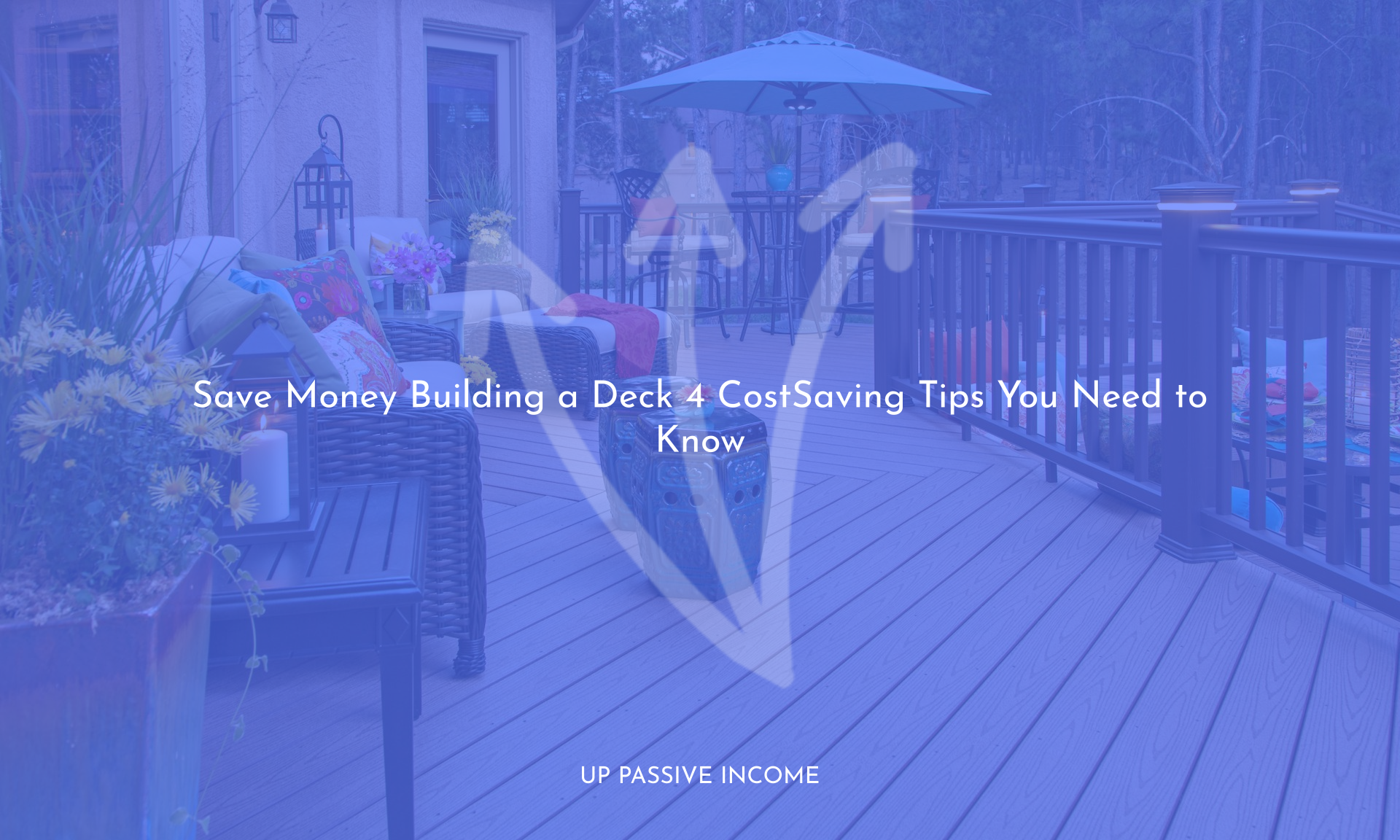Central air costs about $3,000 to $7,000 on average. Save by hiring the right contractor, scheduling installation in the off-season and using rebates or tax credits.
Looking to install central air? Discover three effective ways to lower your costs and find the right HVAC professional for the job.
Summer heats up fast when all you have is a fan to cool you down. Central air conditioning could solve all your sweaty problems, but the price may knock you out cold.
The cost to install central air conditioning, including the unit, ranges from around $3,000 to over $7,000 on average, according to home services company HomeAdvisor. But the price tag varies widely depending on where you live, the type of system you need and the condition of your existing air ducts.
Here’s more information about what goes into the cost and tips to help you save.
» MORE: Estimate the cost of your home renovation
Table of Contents
What factors affect the cost to install central air
The price of an air conditioning unit is only one piece of the total cost to install central air. Youll also need to pay for a pre-installation evaluation, possible air duct installation or modification, and a qualified professional in heating, ventilation and air conditioning, or HVAC, to do the work.
Pre-installation evaluation
A Manual J load calculation is the first step in proper installation, says Rob Minnick, CEO and president of Minnicks Inc., an HVAC company in Laurel, Maryland. This calculation tells contractors how much heat your house gains throughout the day and what size air conditioner will keep it cool.
Ideally, the load calculation would be part of a home energy audit. This assessment identifies air leaks and other issues that increase the cost to run an air conditioner. An energy audit can cost several hundred dollars, but your utility company may offer discounts or rebates.
» MORE: 6 energy-efficient upgrades that increase home value
Ductwork and design
After the Manual J load calculation, your contractor should check the systems an air conditioner relies on, especially ductwork, and ensure they can handle central air.
Existing ducts often cant handle the airflow of a modern air conditioner, says Louis Fuentes, president of Air Conditioning Guys Inc., in El Centro, California. Your home may also lack space to run a refrigerant line to the exterior, or room for an air conditioner coil or properly-sized vents.
Any upgrades or modifications to accommodate the new system will likely increase the total cost to install central air conditioning, but they can help you avoid high energy bills and hot rooms.
The central air unit
After home performance and support systems are evaluated, its time to select an air conditioning unit. Depending on the size and structure of your home, youll choose from the following types:
In addition to type, the cost of a central air unit varies by size. An air conditioners capacity to cool the air is measured in tons; residential systems are generally available in 1.5- to 5-ton capacities. Bigger isnt always better; your air conditioners size should be determined by the load calculation mentioned above.
Dont choose an air conditioning unit just for its Seasonal Energy Efficiency Ratio, or SEER rating, either. An air conditioner with a high SEER rating costs more but will still waste energy if it’s improperly installed or your home is full of leaks, Minnick says. So make sure your contractor evaluates the homes performance before recommending a unit.
» MORE: How to avoid costly home-renovation mistakes
Installation and labor
An HVAC contractors business size and location affect the cost to install central air conditioning, says Todd Washam, director of industry and external relations at the Air Conditioning Contractors of America, or ACCA. But dont get too hung up on finding the lowest bid.
“If it’s good and cheap, it won’t be fast. And if it’s fast and cheap, it won’t be good,” Washam says.
Almost half of all HVAC systems are installed incorrectly, reducing their efficiency by up to 30%, according to the Environmental Protection Agencys Energy Star website. So finding an HVAC pro who does it right is worth the time and expense.
To find a high-quality HVAC contractor:
-
Read online reviews and ask friends for referrals
-
Search for contractors on the ACCA website (and use this handy checklist to guide the conversations)
-
Compare estimates from at least three different companies
-
Ask lots of questions about their qualifications and standards
3 tips to control central air conditioning installation costs
1. Examine your cooling needs
If youre an empty nester or only home at night, consider a ductless mini-split air conditioning system. These systems combine an outdoor compressor and condenser with indoor blower vents that can be installed on just about any exterior wall.
While not technically central air, ductless systems can be an efficient way to cool small zones within a larger home, like a TV room or bedroom, Fuentes says.
2. Time it right
HVAC contractors are always busy during the hottest and coldest months, Washam says. Scheduling installation in the off-seasons — spring and fall — may yield a lower price or faster turnaround time because workers arent as busy.
3. Look for equipment rebates and tax credits
Local governments, as well as utility companies and manufacturers, promote the use of high-efficiency air conditioners through financial incentives. Use the Energy Star rebate finder to find money-saving opportunities in your ZIP code.
“An energy audit can cost several hundred dollars, but your utility company may offer discounts or rebates.”
“Almost half of all HVAC systems are installed incorrectly, reducing their efficiency by up to 30%, according to the EPA.”
Thanks to Source
central air installation



